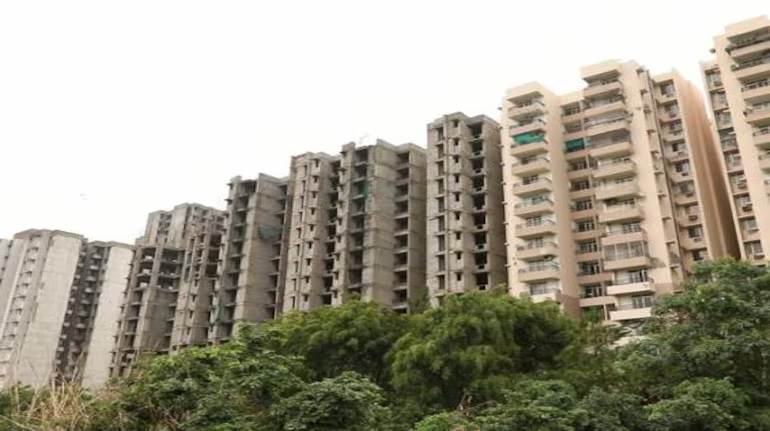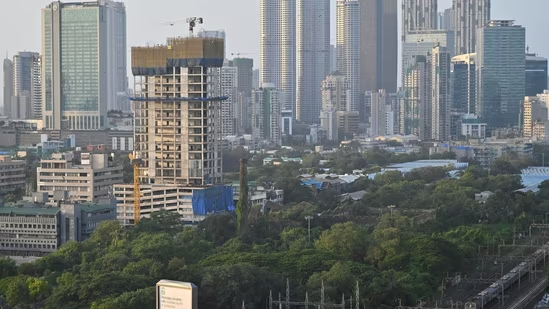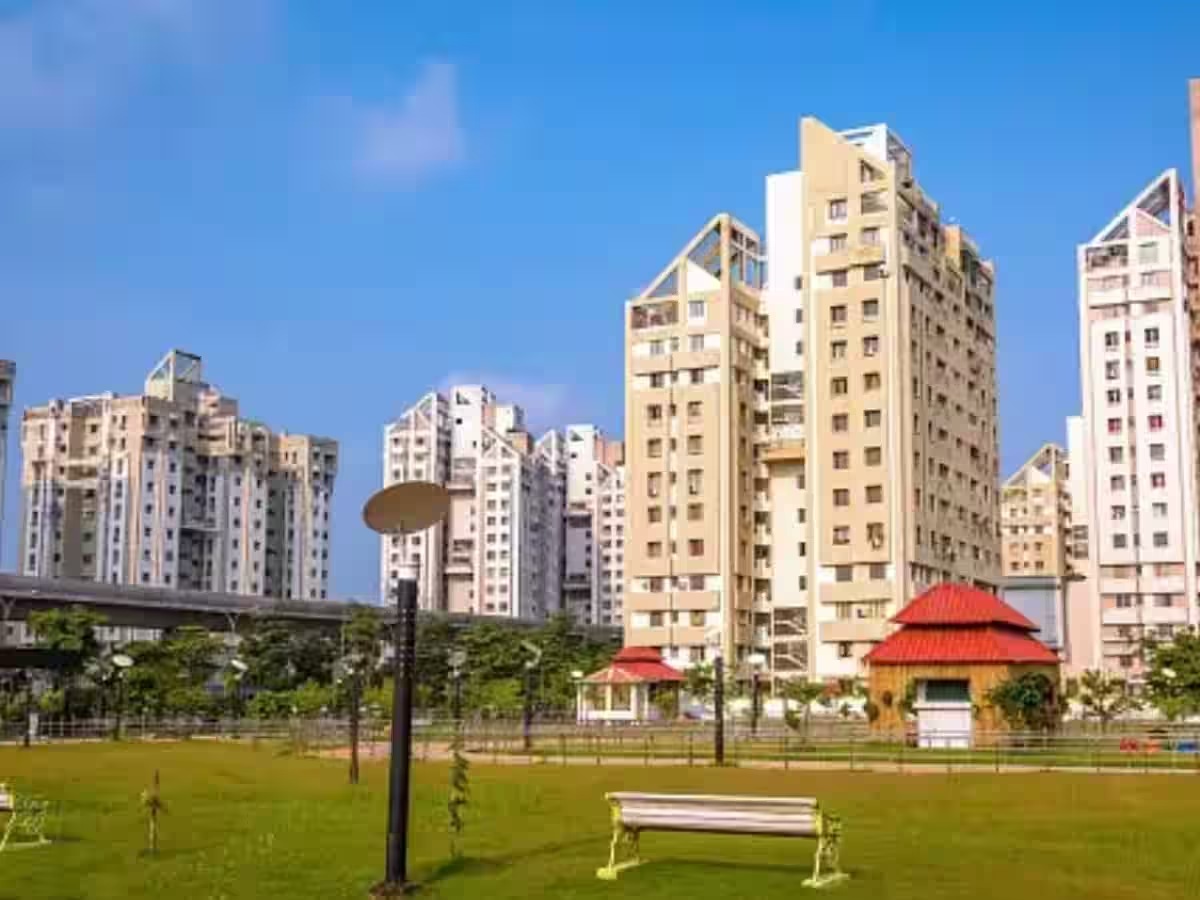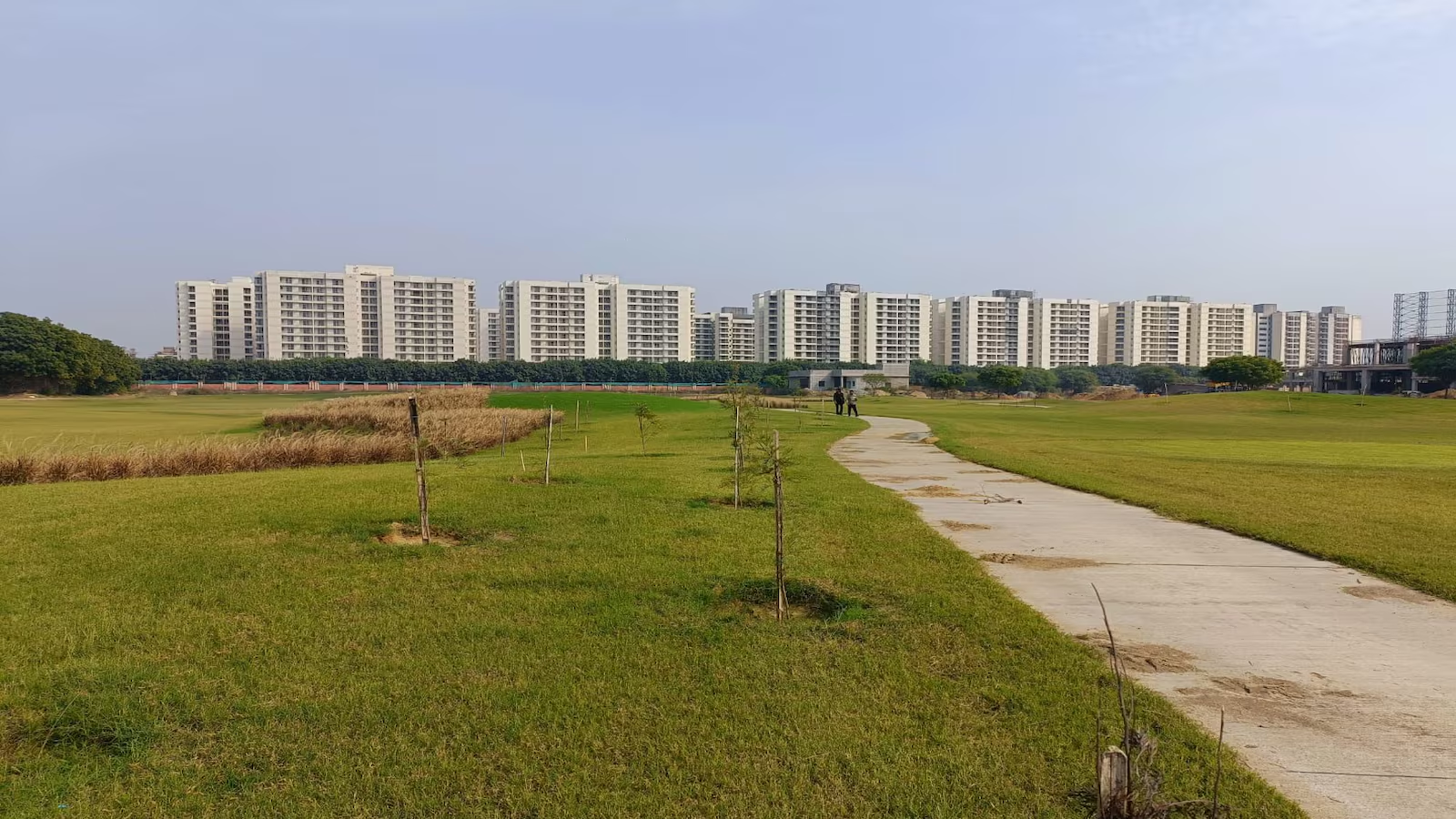News
Maximum City adds MORE
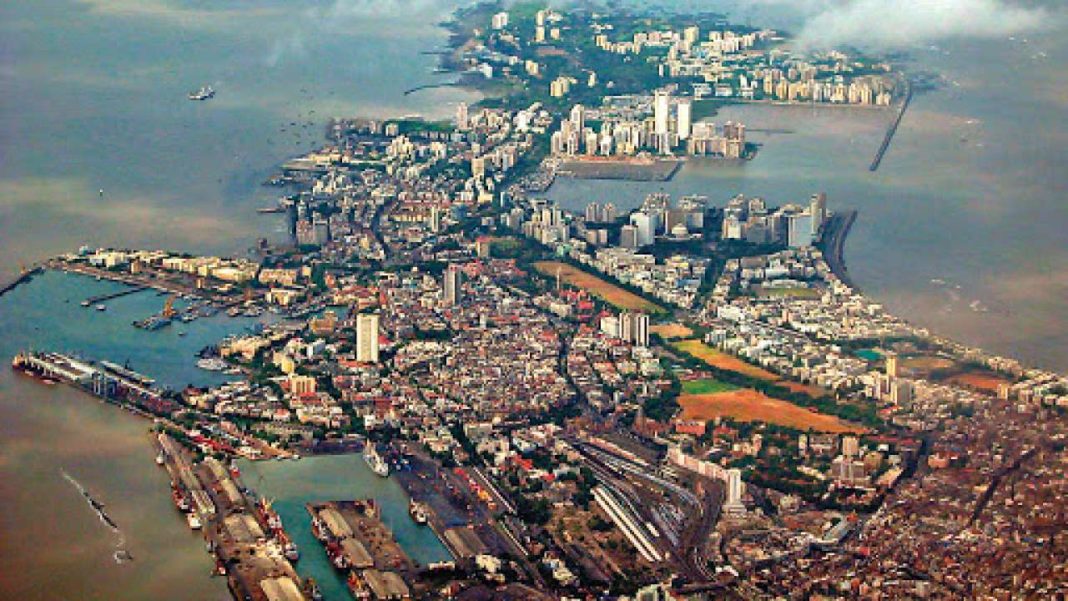

Mumbai Development Plan 2034 unlocks 3,355 hectares of land
The Maharashtra Government’s nod to the much-awaited Mumbai Development Plan 2034 has created a positive buzz in realty circles across the state. Though not shorn of challenges, the Plan is bound to bolster real estate activity and pave the way for development of affordable houses by addressing the fundamental issue of land shortage in the Maximum City. Maharashtra Chief Minister Devendra Fadnavis gave approval to the new 20-yr development blueprint for the city on April 20.
Team R&M
The Mumbai Development Plan 2034 proposes to unlock about 3,355 hectares of public and privately owned lands — currently tagged as no-development zones (NDZ) — to push low-cost housing and augment social amenities. About 2,100 hectares of it will go for affordable housing, said Ajoy Mehta, Municipal Commissioner of Mumbai, while interacting with the media. An additional 300 hectares of salt pan land will also go for affordable homes, he said.
The blueprint has made no compromise on open spaces, green cover and no- development zones. It will facilitate creation of eight million jobs, affordable housing, and separate provisions for demarcating gaothans, koliwadas, and tribal hamlets. About 12,859 hectares has been marked as natural areas-hills, slopes, mangroves, eco-sensitive areas-where no development can take place. Apart from this, no suggestions to delete open spaces has been accepted. The Government aims to target one million affordable houses with this blueprint.
The DP has been based on the projection that Mumbai’s residential population will peak to 12.79 million by 2021 from 12.44 million in the year 2011, before dropping to 11.40 million by 2034. It has doubled the per capita housing requirement from nine square metre to 18-20 square metre. Estimating an average household size of 4.2, the new plan has projected that the city would need a residential built-up area of around 55 lakh square metre or 30 lakh homes by 2021.
Though real estate experts across the country are in uniformity in hailing the landmark development, concerns are also being raised in some quarters regarding the challenges it entails. The biggest challenge, according to them, will be freeing-up space for construction. Land in the hands of the state and the Central Government will require a change in laws before it can be claimed, and land in private hands will demand a great deal of lobbying before it can be secured. That, according to these naysayers, will turn out to be a Herculean task. However, former IAS officer Ramnath Jha, who had been mandated to oversee changes made to the city’s DP, doesn’t think so.


ANAROCK Property Consultants
“If infrastructure development does not keep pace with increased construction, the stress on civic amenities and on the roads could worsen things for the city”.
CEO & Country Head, JLL India
“The new DP creates a massive opportunity for affordable housing projects and ensures a fine balance between environment and development.”


President, Naredco
“The MDP 2034 brings in a serious effort as ensuring the target of affordable homes get constructed within a reasonably short time, given the opening up of various categories of land on which such construction was earlier not allowed.”


MD, Spenta Corporation
“The new DP has a clear-cut focus on construction of affordable homes and large parcels of land have been allocated for such development.”


CMD, House of Hiranandani
“If the system for approving building plans could be simplified, the new DP and the Development Control Regulations (DCR) would be effective in bringing about a real change.”
There also voices of dissent over the new DP’s strategy for affordable housing. There’s a ‘sure-fire guarantee’ that affordable homes built by large private real estate developers will not house the poor, Chandrashekar Prabhu, a Town Planner and housing activist was quoted in the media as saying. According to him, handing over land under the NDZ, along with the salt pans, in the name of affordable housing, is like handing a bonus to the real estate majors. “Going by past experiences, those plans have never fructified,” he said.
Another count on which concerns have been raised is the increase in FSI levels. The DP proposes to increase residential FSI levels in the island city to up to 3 from 1.33 earlier, while in the suburbs, residential FSI will now stand at 2.5 from 2 earlier. Disagreeing strongly, Pankaj Joshi, Executive Director, Urban Design Research Institute, said, “There has to be a rationale for the increase of FSI. It has to be far-reaching.” FSI is not the panacea for all ailments, he said, adding, “Builders want FSI and are not bothered about density.”
Notwithstanding all this criticism, the developer community at large and real state analysts across board have given unqualified thumbs up to the approval of the Mumbai Development Plan 2034. Post Bombay High Court order banning new construction in the city from March 1, 2016, development had come to the ground. As such, the freeing up of land that was earlier locked under the NDZ has been hugely welcomed.
- The blueprint has made no compromise on open spaces, green cover and no- development zones…Apart from this, no suggestions to delete open spaces has been accepted.
- The DP has been based on the projection that Mumbai’s residential population will peak to 12.79 million by 2021 from 12.44 million in the year 2011, before dropping to 11.40 million by 2034.
- Land in the hands of the state and the Central Government will require a change in laws before it can be claimed, and land in private hands will demand a great deal of lobbying before it can be secured.
- There also voices of dissent over the new DP’s strategy for affordable housing… Another count on which concerns have been raised is the increase in FSI levels.
- Post Bombay High Court order banning new construction in the city from March 1, 2016, development had come to the ground. As such, the freeing up of land that was earlier locked under the NDZ has been hugely welcomed.
“Unlocking of restricted spaces will boost real estate activity in the island city and in the suburbs,” said Anuj Puri, Chairman, ANAROCK Property Consultants. However, he was sceptical about the infrastructure development across Mumbai district. “If infrastructure development does not keep pace with increased construction, the stress on civic amenities and on the roads could worsen things for the city,” he said.
Ramesh Nair, CEO and Country Head of JLL India, commented: “The new DP creates a massive opportunity for affordable housing projects and ensures a fine balance between environment and development. The land earlier earmarked as salt pans have been opened up for housing, while no further construction is allowed in the Aarey Colony apart from the approved construction of Metro car shed. We see great promise in this plan as it is supported by a robust financial outlay laid out by the BMC for on ground implementation.”
According to Ankur Dhawan, Chief Investment Officer, PropTiger.com, Mumbai’s real estate market has been waiting for DP 2034 now for a long time. It is going to bring positive impact on Mumbai real estate market, he said. “It not only increases FSI but also provides for development of new zones, redevelopment of existing buildings as well as new TDR rules. Overall it will bring new supply which will help in reducing /stabilising prices”, concluded Dhawan.
Naredco President and Hiranandani Group MD Niranjan Hiranandani said, “For years, Mumbai’s Development Plans focused on residential real estate development. This time around, the focus has been equally placed on commercial real estate, with twin focus – first, on decongesting existing CBD areas as also extending the ‘walk to work’ aspect to newer locations. The Mumbai Development Plan 2034 brings in a serious effort as ensuring the target of affordable homes get constructed within a reasonably short time, given the opening up of various categories of land on which such construction was earlier not allowed.”
Expressing the developer community’s happiness over DP’s emphasis on affordable homes, Farshid Cooper, Managing Director of Mumbai-based real estate firm Spenta Corporation, said, “The new DP has a clear-cut focus on construction of affordable homes and large parcels of land have been allocated for such development. Therefore, one can expect the supply of homes in this category to increase substantially”.
Welcoming the freeing up of land that was earlier locked under the NDZ, Surendra Hiranandani, CMD of the House of Hiranandani, said: “If the system for approving building plans could be simplified, the new DP and the Development Control Regulations (DCR) would be effective in bringing about a real change.” To buttress his argument, Hiranandani quoted a World Bank report according to which India stands at 181 out of 189 countries as far as obtaining construction permits are concerned.
-



 News3 weeks ago
News3 weeks agoKW Delhi 6 Mall Onboards New Brands
-



 News4 weeks ago
News4 weeks agoManasum Senior Living Launches IKIGAI GOA, A Senior Living Community in North Goa, in collaboration with Prescon Homes
-



 News3 weeks ago
News3 weeks agoCommercial Realty Gets Tech Savvy: Fast Construction, Enhanced Convenience
-



 News2 weeks ago
News2 weeks agoGodrej Properties Sells Rs 3k cr+ Homes of Godrej Zenith, Gurugram, within 3 days
-



 News4 weeks ago
News4 weeks agoBridging India Divide: Top 5 Tier- 2 Cities to Focus On
-



 News4 weeks ago
News4 weeks agoMultipoint Connection – A Definite Boon
-





 News3 weeks ago
News3 weeks agoRBI’s Status Quo on Key Policy Rates to Help Maintain the Real Estate Growth Momentum, Say Industry Stalwarts
-



 News1 week ago
News1 week agoOlive Announces Dhruv Kalro as Co-Founder







